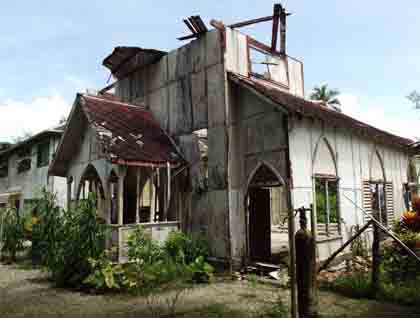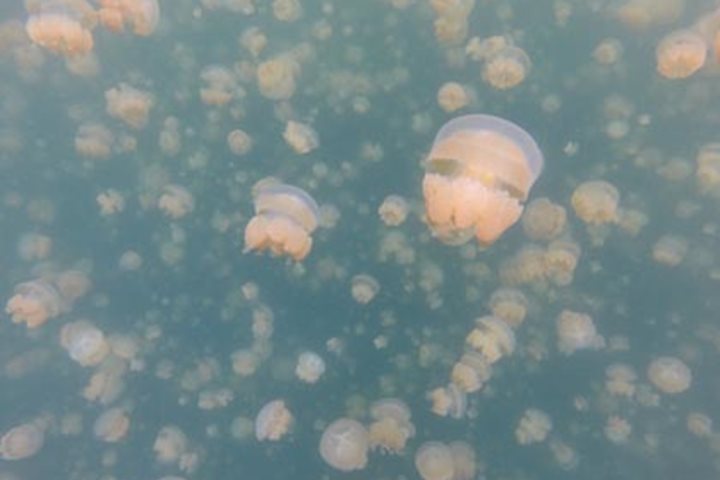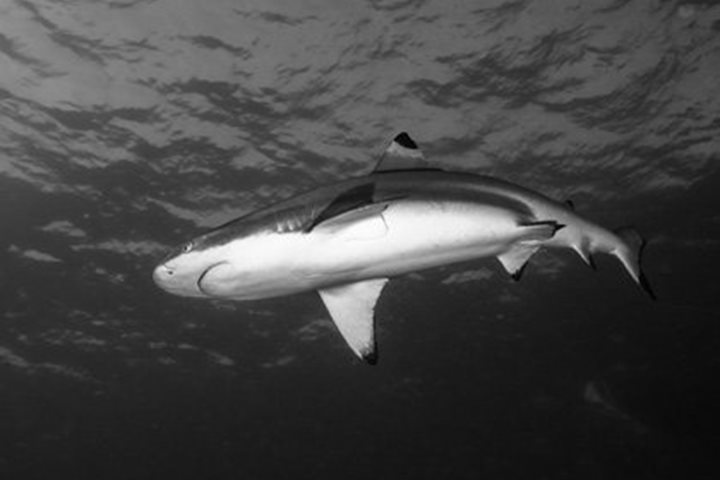It’s hard to imagine today that Samarai Island was once a bustling trading port and resupply center for ships travelling between Australia and the China. In fact, this tiny island was once the capital of the Milne Bay Province and held the second largest city in Papua New Guinea. We landed right after breakfast and were entertained with a sing-sing, the traditional welcome given esteemed guests. The island market was open during the morning, so we also had a chance to check out various food items, as well as handicrafts. While some spent the morning below the water’s surface exploring China Strait just offshore, most of us took the time to wander about this historic place. The town, now in ruin, once held attractive colonial buildings, churches, stores, a hospital, schools, waterfront warehouses, hotels and inns, beautiful homes, a cricket field, and even a movie house. At the onset of the War in the Pacific (1941 to 1945), Samarai was evacuated and many of the buildings were destroyed, so invading Japanese forces could not simply move in to a perfectly good town. As it turned out, Japanese forces didn’t make it to Samarai, but when the war ended, Samarai never regained its earlier importance. The provincial capital was moved to Alotau on the New Guinea mainland and Samarai was nearly forgotten. Life is much slower paced nowadays and the people who live here are decidedly poor. Many of the houses seem somewhat dilapidated, but it was interesting to note that the majority of trees and shrubs give forth healthy foodstuffs, including coconuts, breadfruit, papaya, mangoes, tropical almonds, guava, citrus, pandanus, taro, noni fruit, etc., and fish are free for the taking just offshore. So, in spite of the poverty, the populace appears very healthy and happy.
The afternoon was spent at the nearby little island known as Deka Deka. Here, we enjoyed a pristine tropical island paradise with a magnificent beach, and in addition had access to a multitude of water activities. Again, some of us went SCUBA diving, but most opted to enjoy the white sand beach, swim and snorkel directly from the beach, and/or try out the kayaks. It also proved to be a good place to launch the glass-bottomed Zodiac for a different viewpoint of the surrounding coral reef. And, if all this weren’t enough for a full day of activities, we were presented with a nice view of a partial lunar eclipse in the early evening, before partaking in a barbecue dinner on the aft deck.







